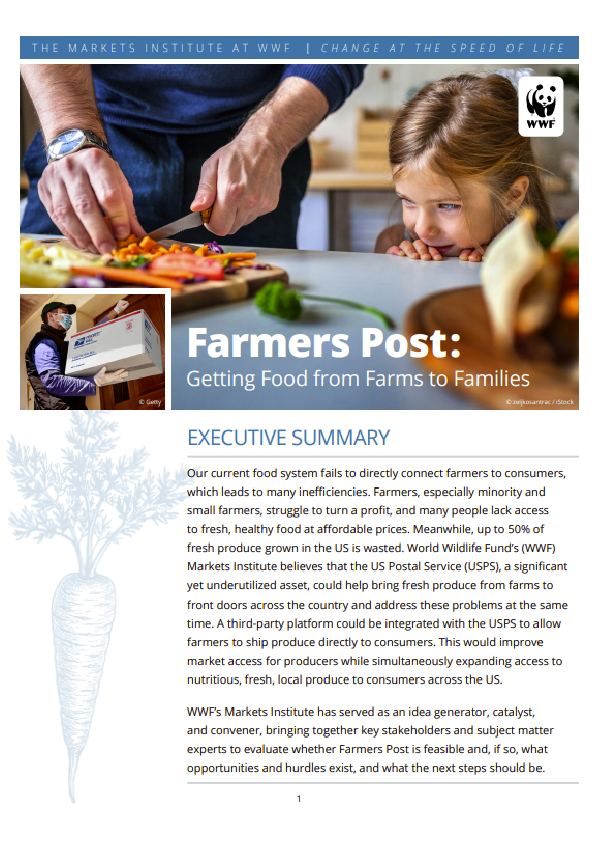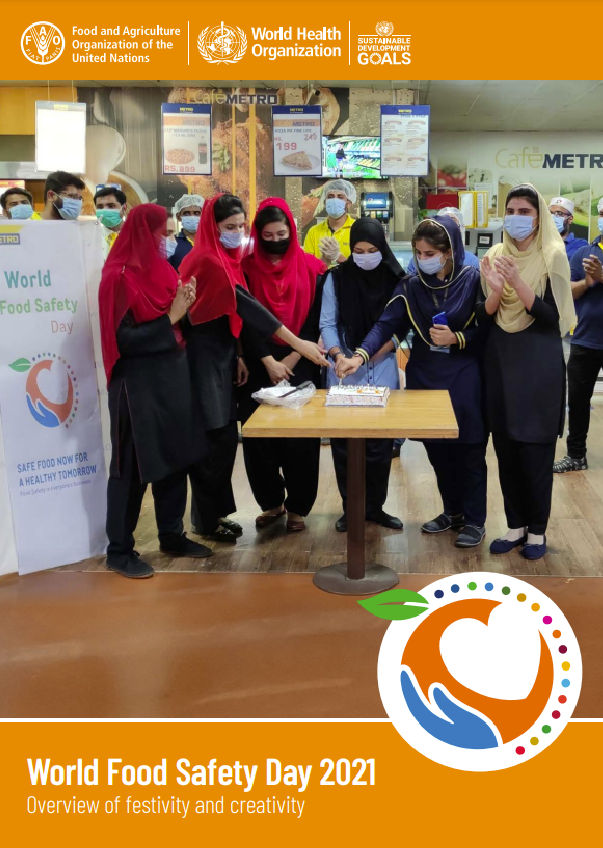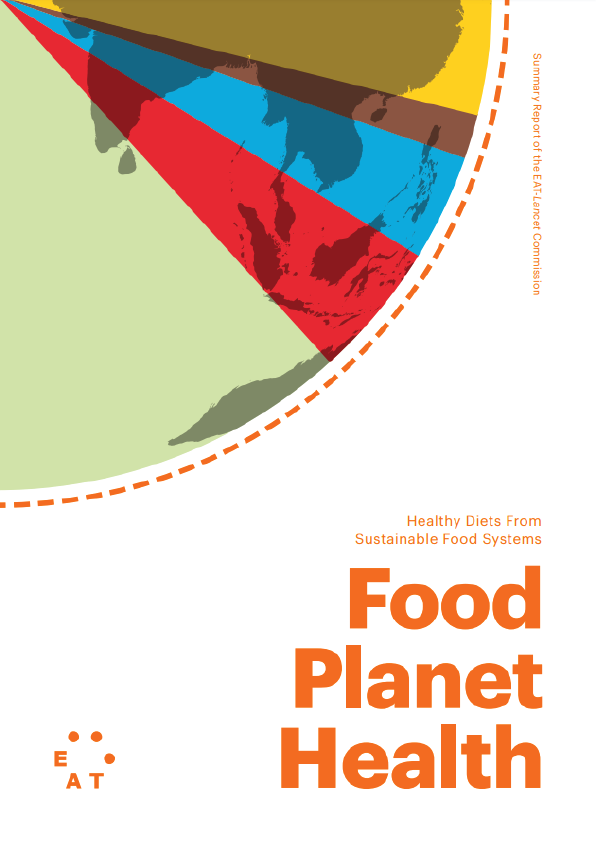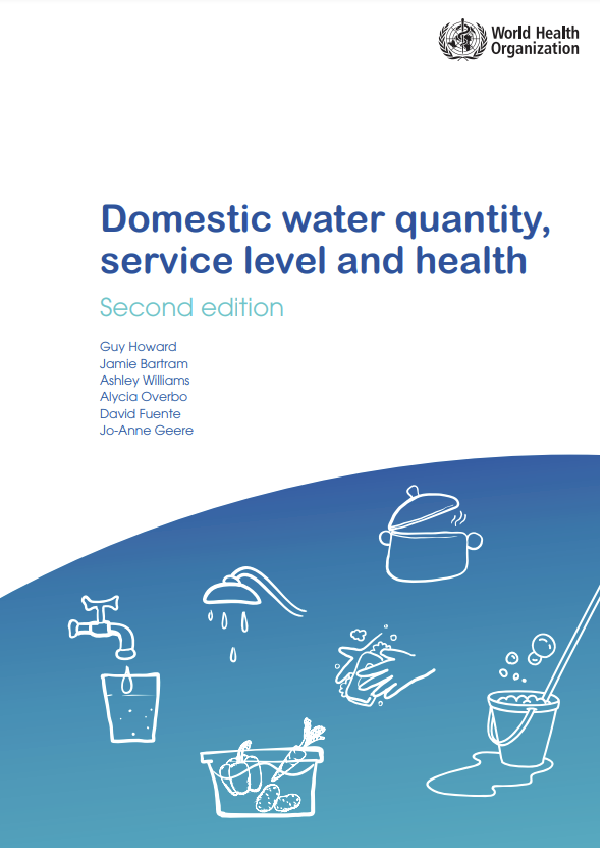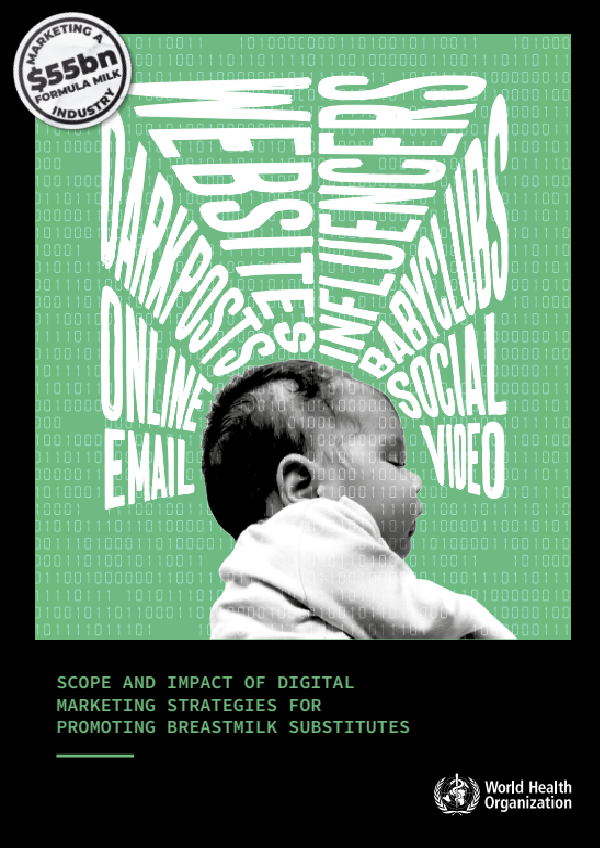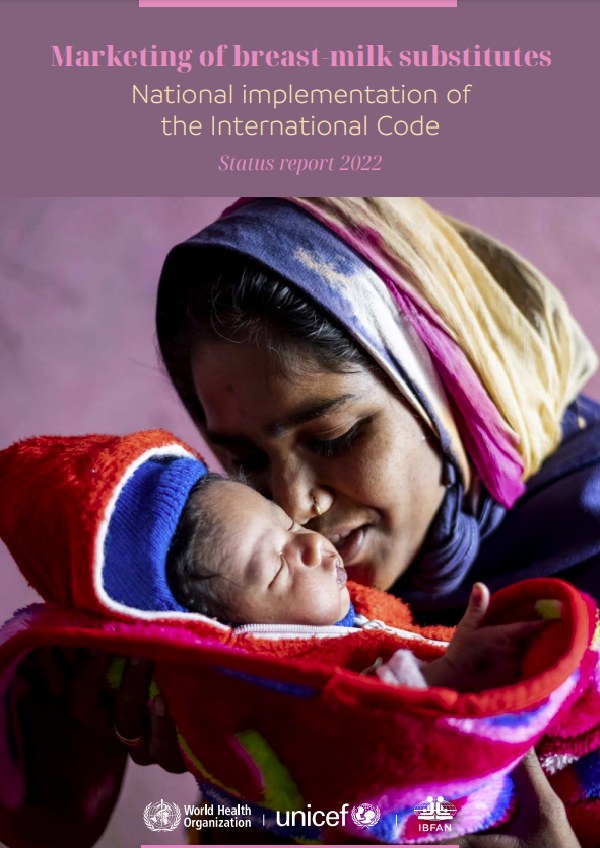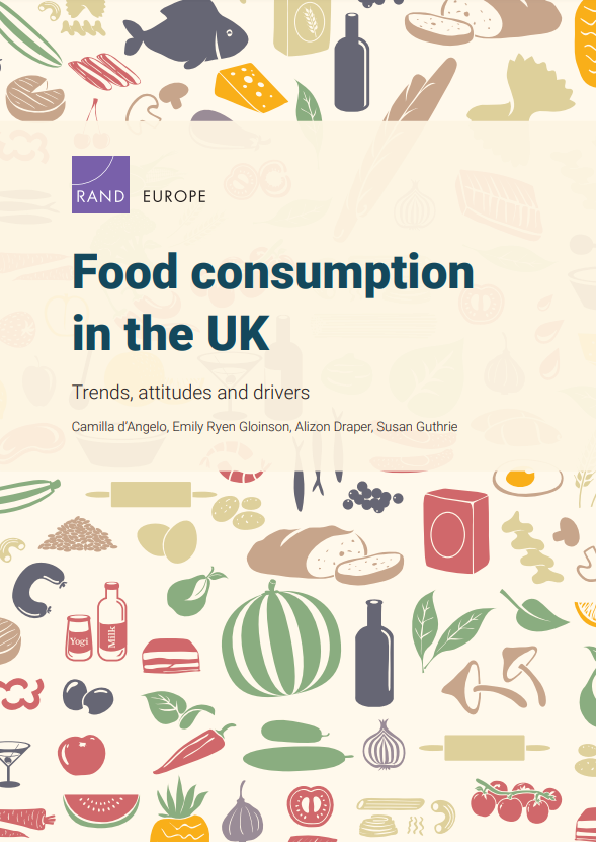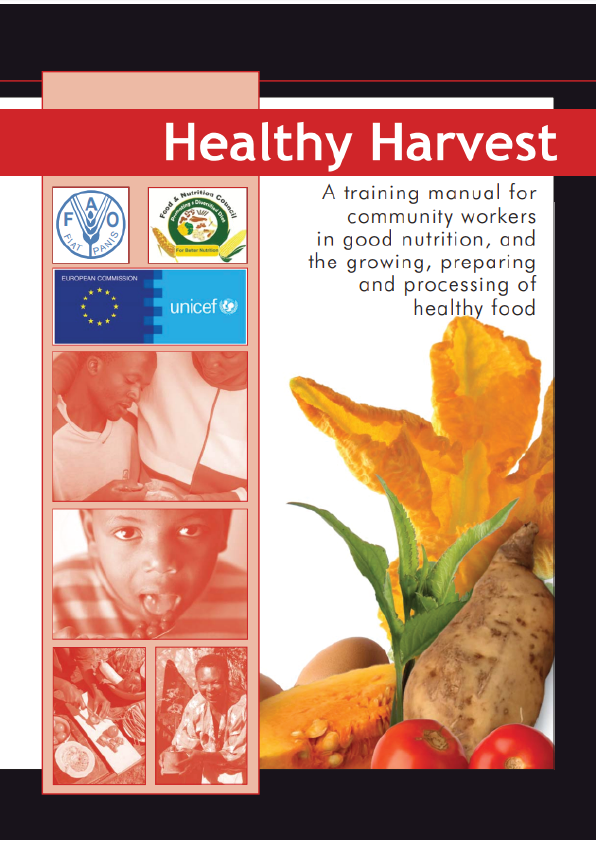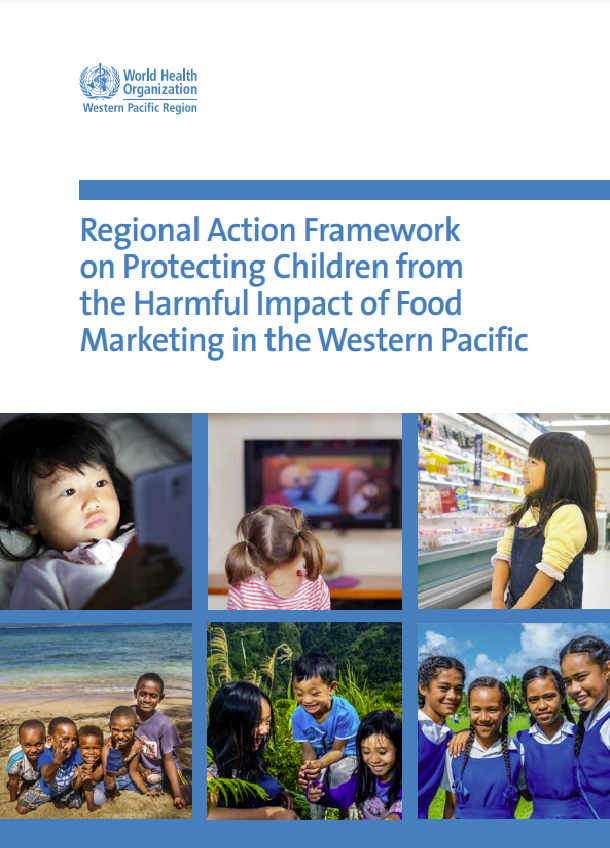Our current food system fails to directly connect farmers to consumers, which leads to many inefficiencies. A farmer is a person engaged in agriculture, raising living organisms for food or raw materials. The term usually applies to people who do some combination of raising field crops, orchards, vineyards, poultry, or other livestock. Farmers, especially minority and small farmers, struggle to turn a profit, and many people lack access to fresh, healthy food at affordable prices. Meanwhile, up to 50% of fresh produce grown in the US is wasted. World Wildlife Fund’s (WWF) Markets Institute believes that the US Postal Service (USPS), a significant yet underutilized asset, could help bring fresh produce from farms to front doors across the country and address these problems at the same time. A third-party platform could be integrated with the USPS to allow farmers to ship products directly to consumers. This would improve market access for producers while simultaneously expanding access to nutritious, fresh, local produce to consumers across the US.
WWF’s Markets Institute has served as an idea generator, catalyst, and convener, bringing together key stakeholders and subject matter experts to evaluate whether Farmers Post is feasible and, if so, what opportunities and hurdles exist, and what the next steps are should be.
This process included conversations with farmers, food hubs, food security groups, the USPS, USPS unions, veterans’ groups, public health officials and experts, and other community stakeholders. We believe that Farmers Post could be a win-win solution offering new markets to farmers and greater equity, access, convenience, and nutrition to consumers. This program would provide much-needed revenue for the USPS while addressing food loss and waste and making use of an existing, nationwide asset.
Farmers Post can open new markets for struggling farmers and consumers, delivering gains to all stakeholders. Before COVID-19, about 8% of farms sold directly to consumers, but this was primarily limited to larger, more urban farms and only through consumer pickup options. This meant a limited market and large customer acquisition costs. It also left out most of the smallest farmers and minority farmers. Meanwhile, 53.6 million people (17.4% of the US population) are low-income and struggle with access to fresh, healthy food. This is especially true for predominantly minority, urban communities. By delivering healthy food straight from farms to customers’ doors, Farmers Post will open up new market opportunities and offer the distribution networks needed to connect farmers to people and retain profits. With easier access, consumers can enjoy nutritious, fresh produce and the health benefits it provides. Currently, just one in ten Americans eat the recommended servings of fruits and vegetables, but significant health benefits can be gained from eating more produce, even without changing other behaviors. Finally, Farmers Post will provide a new revenue stream and opportunity for the USPS.
Before any home delivery program for food moves forward, it is important to address key issues. The program must identify who will be liable if food safety or quality are compromised. Few USPS vehicles are temperature controlled, so produce has to withstand a variety of temperatures for 12-48 hours during shipping. While whole fruits and vegetables are generally low-risk for food-borne illnesses, there is always some risk, and customers care about quality as well as safety. There should be thoughtful consideration of what customer support is needed and how to best reach all consumers. Fruits and vegetables coming straight from a farm may look different than produce in a grocery store, so consumers may need some education, handling information, and recipe ideas. Programs should be designed to reach low-income consumers, senior citizens, and the disabled, as they benefit even more than others from home delivery.
WWF proposes a third-party solution – the “Farmers Post” part of the program. At a minimum, this would be a web platform that is integrated with the USPS system. Consumers could enter their zip code, locate farms, and place orders. Farmers would receive the orders, payment, and shipping labels or instructions. This would take the burden off small farms having to build their own websites and advertise, and it would also support farms through established economies of scale and best practices. However, this could take place with a physical food hub that aggregates food from multiple farms or a virtual model connecting individual farms through an online platform. These models have different benefits, so a system could be designed with both in mind, which would allow for the widest participation and access across the country. Early partners are ready and willing to test both these models, as well as different USPS forms of shipping that include a new Local Connect program and Parcel Select drop-off at regional processing facilities. This early pilot will inform next steps. Along with the results from the pilot, next steps will include testing logistics, market analysis, and research and advocacy to inform the program design.
Farmers Post has the potential to transform how we get food from farms to consumers, benefitting farmers, consumers, the environment, and the USPS. Early learnings are positive but further steps are needed to ensure that optimal program designs ensure access and benefits for all stakeholders.
